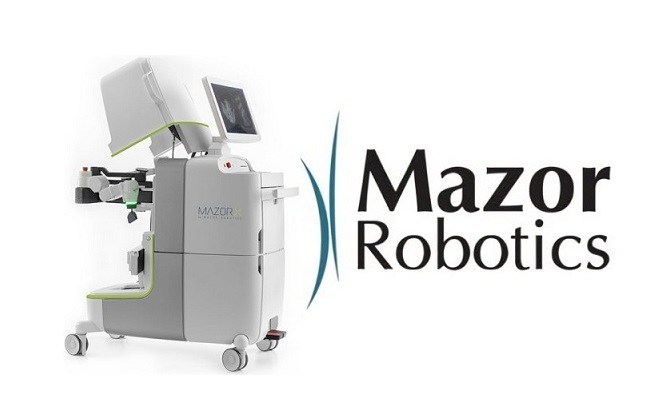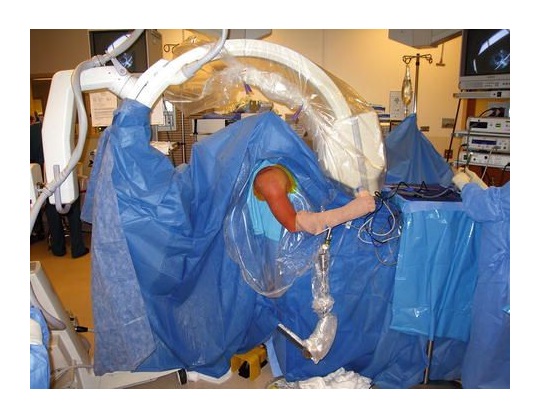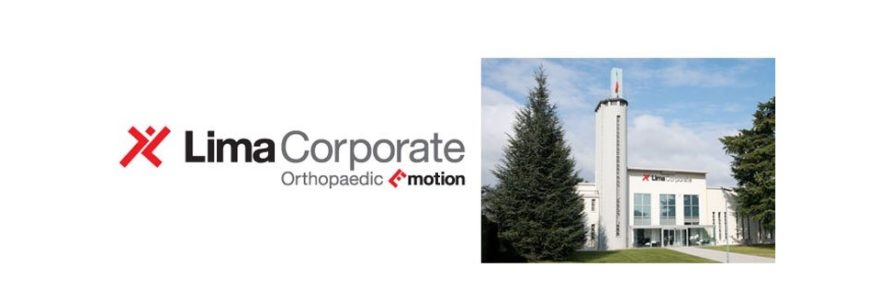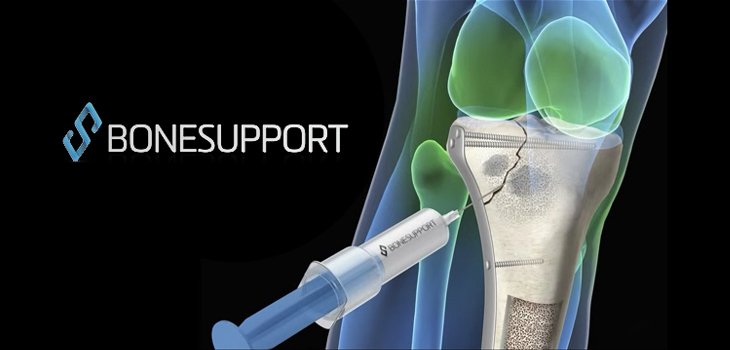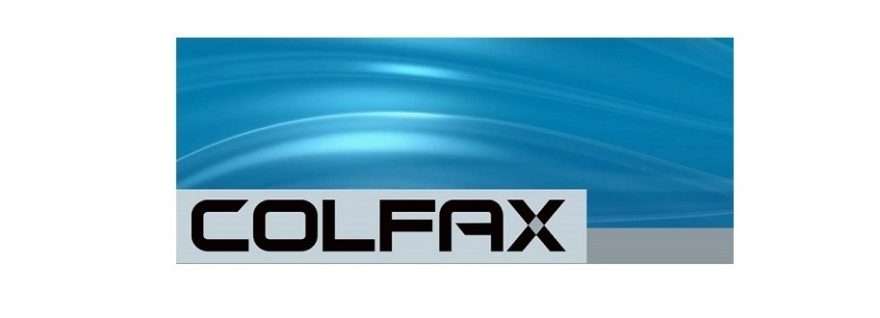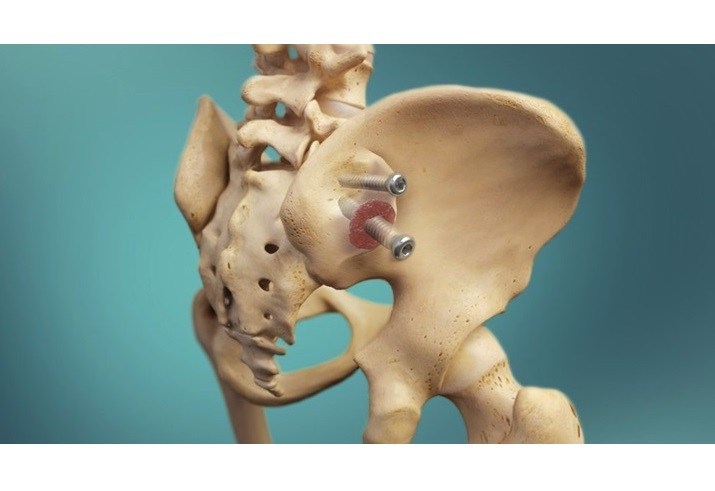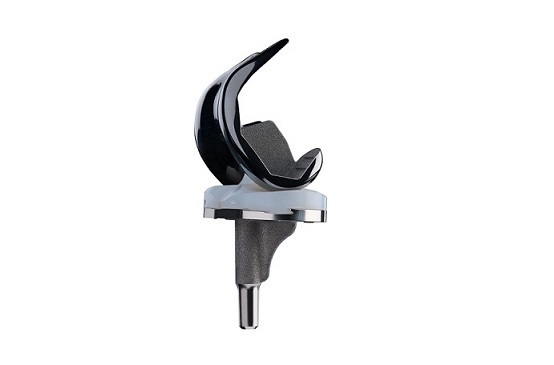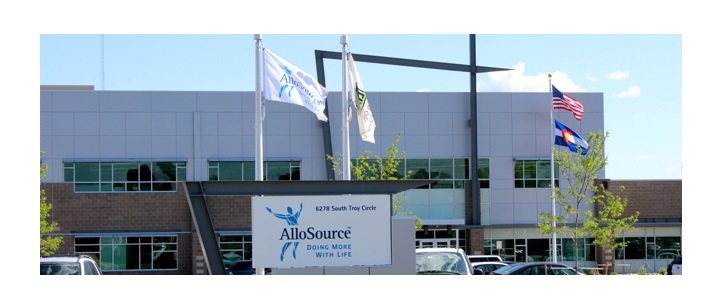 ANNAPOLIS JUNCTION, MD, Nov. 19, 2018 (GLOBE NEWSWIRE) — Colfax Corporation (NYSE: CFX), a leading diversified technology company, today announced it has entered into a definitive agreement to acquire DJO Global Inc. (“DJO”) from private equity funds managed by Blackstone for $3.15 billion in cash. DJO is a global leader in orthopedic solutions, providing orthopedic devices, software and services spanning the full continuum of patient care, from injury prevention to rehabilitation.
ANNAPOLIS JUNCTION, MD, Nov. 19, 2018 (GLOBE NEWSWIRE) — Colfax Corporation (NYSE: CFX), a leading diversified technology company, today announced it has entered into a definitive agreement to acquire DJO Global Inc. (“DJO”) from private equity funds managed by Blackstone for $3.15 billion in cash. DJO is a global leader in orthopedic solutions, providing orthopedic devices, software and services spanning the full continuum of patient care, from injury prevention to rehabilitation.
“The acquisition of DJO is a compelling next step in the strategic evolution of Colfax that creates a new growth platform in the high-margin orthopedic solutions market,” said Matt Trerotola, President and Chief Executive Officer of Colfax. “As a clear market leader in bracing and rehabilitation systems – with a track record of innovative new products, globally recognized brands, and a diverse product portfolio – DJO is well-positioned to benefit from secular trends driven by changing demographics and increased preventive healthcare. This transaction reflects our strategic intent to diversify our portfolio and end-market exposure, reduce cyclicality, and increase profitability. We see significant opportunities to apply our proven Colfax Business System across DJO to create a continuous improvement culture, further improve productivity and margins, and accelerate innovation and new product development.”
Mr. Trerotola continued, “We are committed to reducing leverage and restoring balance sheet flexibility near-term and will explore strategic options for our Air and Gas Handling business. Longer term, we see tremendous opportunities to build our new medical technology platform with additional investment. We are excited to welcome DJO’s strong management team and talented associates to the Colfax family.”
“Joining Colfax is a win for our customers, and all DJO stakeholders,” said Brady Shirley, DJO President and CEO. “Colfax has the financial strength, experience, and proven business system to support our operational performance and growth. Importantly, they are committed to our mission to get and keep people moving, and we are confident that the Colfax team’s operating expertise across a broad array of businesses makes them the ideal partner to help us build on our momentum, drive new levels of innovation, and continue to deliver outstanding service to our customers.”
Upon closing of the transaction, DJO Global will operate as a new segment within Colfax and be led by Mr. Shirley, who will report directly to Mr. Trerotola.
With leadership positions in most product categories, DJO provides a broad range of orthopedic care solutions including bracing, reconstructive implants, rehabilitation devices, software and services. Known for its innovative products, DJO’s portfolio of iconic brands are trusted by patients, athletes, and healthcare professionals globally. Headquartered in Vista, California, DJO has approximately 5,000 employees across 18 locations around the world. DJO’s revenue was $1.2 billion and adjusted EBITDA was $269 million for the twelve-month period ending September 2018.
Financing & Transaction Details
The transaction, which is expected to close in the first quarter of 2019, is expected to deliver adjusted EPS accretion in the first full year after closing. In addition, Colfax expects to realize future tax benefits from DJO’s approximately $800 million of net operating loss carryforwards.
Colfax expects to finance the transaction with approximately $100 million of cash from its balance sheet, proceeds from credit facilities and a contemplated debt offering, and $500 to $700 million from a contemplated offering of equity or equity-linked securities. J.P. Morgan and Credit Suisse have committed to provide bridge financing for the transaction. Colfax expects to maintain its existing debt ratings and will prioritize deleveraging to reduce its net leverage ratio to the mid-3x range by the end of calendar 2019. In connection with its deleveraging plans, Colfax is evaluating strategic options for its Air and Gas Handling business. Colfax does not intend to undertake any material acquisitions or share repurchases until its leverage metrics return to targeted levels.
The acquisition is subject to customary closing conditions, including receipt of applicable regulatory approvals.
Advisors
J.P Morgan is serving as financial advisor and Kirkland & Ellis is serving as legal advisor to Colfax. Goldman, Sachs & Co. LLC, Credit Suisse, and Wells Fargo Securities, LLC are serving as financial advisors and Simpson Thacher & Bartlett LLP is serving as legal advisor to DJO.
Conference Call and Webcast
Colfax will host a conference call to discuss the transaction today at 8:30 a.m. Eastern. The call will be open to the public through 877-303-7908 (U.S. callers) or +1-678-373-0875 (international callers) and referencing the conference ID number 6068397 or through webcast via Colfax’s website at www.colfaxcorp.com under the “Investors” section. Access to a supplemental slide presentation can also be found at the Colfax website under the same heading. Both the audio of this call and the slide presentation will be archived on the website later today and will be available until the next quarterly call.
About Colfax Corporation
Colfax Corporation is a leading diversified technology company that provides air & gas handling and fabrication technology products and services to customers around the world principally under the Howden and ESAB brands. Colfax believes that its brands are among the most highly recognized in each of the markets that it serves. The Company uses its Colfax Business System (CBS), a comprehensive set of tools, processes and values, to create superior value for customers, shareholders and associates. Colfax is traded on the NYSE under the ticker “CFX.” Additional information about Colfax is available at www.colfaxcorp.com.
About DJO Global
DJO Global is a leading global provider of medical technologies designed to get and keep people moving. The Company’s products address the continuum of patient care from injury prevention to rehabilitation, enabling people to regain or maintain their natural motion. Its products are used by orthopedic surgeons, primary care physicians, pain management specialists, physical therapists, podiatrists, chiropractors, athletic trainers and other healthcare professionals. In addition, many of the Company’s medical devices and related accessories are used by athletes and patients for injury prevention and at-home physical therapy treatment. The Company’s product lines include rigid and soft orthopedic bracing, hot and cold therapy, bone growth stimulators, vascular therapy systems and compression garments, therapeutic shoes and inserts, electrical stimulators used for pain management and physical therapy products. The Company’s surgical division offers a comprehensive suite of reconstructive joint products for the hip, knee and shoulder. DJO Global’s products are marketed under a portfolio of brands including Aircast®, Chattanooga, CMF™, Compex®, DonJoy®, ProCare®, DJO® Surgical, Dr. Comfort® and Exos™.
Additional information about DJO Global is available at www.DJOglobal.com.
CAUTIONARY NOTE CONCERNING FORWARD LOOKING STATEMENTS
This press release contains forward-looking statements, including forward-looking statements within the meaning of the U.S. Private Securities Litigation Reform Act of 1995. Such forward-looking statements include, but are not limited to, statements concerning Colfax’s plans, objectives, expectations and intentions and other statements that are not historical or current fact. Forward-looking statements are based on Colfax’s current expectations and involve risks and uncertainties that could cause actual results to differ materially from those expressed or implied in such forward-looking statements. Factors that could cause Colfax’s results to differ materially from current expectations include, but are not limited to risks and uncertainties regarding Colfax and DJO’s respective businesses and the proposed acquisition, and actual results may differ materially. These risks and uncertainties include, but are not limited to, (i) the ability of the parties to successfully complete the proposed acquisition on anticipated terms and timing, including obtaining required regulatory approvals and other conditions to the completion of the acquisition, (ii) access to available financing on a timely basis and reasonable terms, (iii) the effects of the transaction on Colfax and DJO operations, including on the combined company’s future financial condition and performance, operating results, strategy and plans, including anticipated tax treatment, unforeseen liabilities, future capital expenditures, revenues, expenses, earnings, synergies, economic performance, indebtedness, losses, future prospects, business and management strategies for the management, expansion and growth of the new combined company’s operations, and (iv) other factors detailed in Colfax’s and DJO’s respective reports filed with the U.S. Securities and Exchange Commission on Form 10-K and Form 10-Q. In addition, these statements are based on a number of assumptions that are subject to change. This press release speaks only as of the date hereof. Colfax disclaims any duty to update the information herein.
The term “Colfax” in reference to the activities described in this press release may mean one or more of Colfax’s global operating subsidiaries and/or their internal business divisions and does not necessarily indicate activities engaged in by Colfax Corporation.
Non-GAAP Financial Measures and Other Adjustments
Colfax has provided in this press release financial measures for DJO Global that have not been prepared in accordance with GAAP, including Adjusted EBITDA and Leverageable Adjusted EBITDA. DJO Global provided Colfax with this information, which was derived from DJO Global’s historical unaudited financial statements for the twelve months ended September 29, 2018 and has not been audited or reviewed by Colfax’s or DJO Global’s independent public accountants. DJO Global defines Adjusted EBITDA as net income (loss) attributable to DJO Global plus interest expense, net, income tax provision (benefit), and depreciation and amortization, further adjusted for certain non-cash items, non-recurring items and other adjustment items as permitted in calculating covenant compliance and other ratios under the agreements governing the outstanding debt of DJO Global’s subsidiary DJO Finance, LLC (DJO Finance). DJO Global defines Leverageable Adjusted EBITDA as Adjusted EBITDA, as further adjusted to reflect certain additional non-cash items, non-recurring items and other adjustment items permitted in calculating covenant compliance and other ratios under the agreements governing the outstanding debt of DJO Finance. Adjusted EBITDA and Leverageable Adjusted EBITDA should not be considered as an alternative to net income (loss) attributable to DJO Global or other performance measures presented in accordance with GAAP, or as an alternative to cash flow from operations as a measure of liquidity.
Colfax believes this presentation of DJO Global’s Adjusted EBITDA and Leverageable Adjusted EBITDA is useful and helps management, investors and rating agencies enhance their understanding of the impact of the DJO Global acquisition on Colfax’s financial performance. However, Adjusted EBITDA and Leverageable Adjusted EBITDA do not have a standardized meaning, and different companies may use different Adjusted EBITDA definitions. Therefore, DJO Global’s definition of Adjusted EBITDA and Leverageable Adjusted EBITDA may not be comparable to the definitions used by other companies.
Non-GAAP financial measures should not be considered in isolation from, or as a substitute for, financial information calculated in accordance with GAAP. Investors are encouraged to review the reconciliation of Adjusted EBITDA and Leverageable Adjusted EBITDA to the most directly comparable GAAP financial measure. A reconciliation of Adjusted EBITDA and Leverageable Adjusted EBITDA to GAAP net income has been provided below.
DJO Global, Inc.
Adjusted EBITDA Reconciliation of GAAP
Dollars in thousands
(Unaudited)
|
Twelve
Months
Ended September 29, 2018 |
|
| Adjusted EBITDA |
|
|
| Net income attributable to DJO Global |
$ |
397 |
|
|
| Discontinued operations |
(567 |
) |
|
| Interest expense, net |
181,091 |
|
|
| Income tax provision (benefit) |
(55,196 |
) |
|
| Depreciation and amortization |
107,646 |
|
|
| Loss on disposal of assets, net |
295 |
|
|
| Restructuring and reorganization (1) |
41,121 |
|
|
| Acquisition integration |
2,096 |
|
|
| Blackstone monitoring fee |
975 |
|
|
| Financial reporting alignment |
(9,071 |
) |
|
| Adjusted EBITDA |
$ |
268,787 |
|
|
|
|
|
| Future cost savings |
|
20,533 |
|
|
| Stock compensation expense |
|
4,522 |
|
|
| Leverageable Adjusted EBITDA |
$ |
293,842 |
|
|
(1) Consists of costs related to the company’s business transformation projects to improve the company’s operational profitability and liquidity.
NO OFFER OR SOLICITATION
This press release shall not constitute an offer to sell or the solicitation of an offer to buy any securities, nor shall there be any sale of securities in any jurisdiction in which such offer, solicitation or sale would be unlawful prior to registration or qualification under the securities laws of any such jurisdiction. No offering of securities shall be made except by means of a prospectus meeting the requirements of Section 10 of the U.S. Securities Act of 1933, as amended or via an exemption from the requirements of the Securities Act.
Investors:
Kevin Johnson, Vice President
Colfax Corporation
+1-301-323-9090
investorrelations@colfaxcorp.com
Media:
Jim Barron or Jenny Gore
Sard Verbinnen & Co.
+1-212-687-8080

